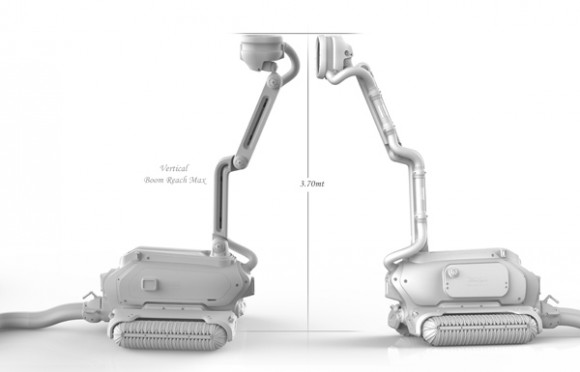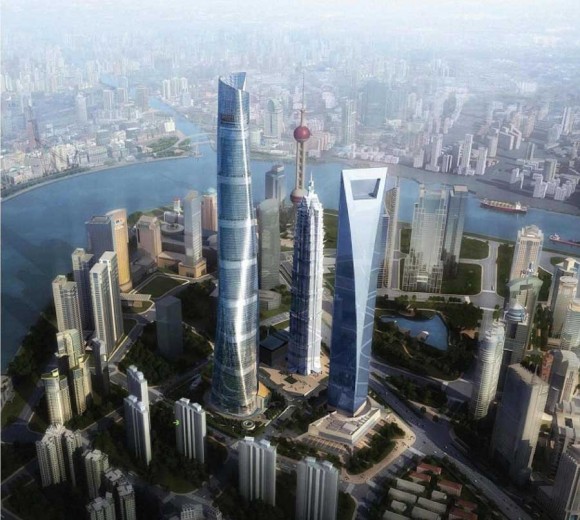The Looxcie vs Google Glasses
We live in the twenty first generation and life is all about communication and media now, this is an unarguable truth, every average being possesses an account to a social media, whether it is Facebook, MySpace, YouTube, Instagram, WhatsApp, or even BBM. Everyone wants to share their life and experiences with their friends, family, and possibly the world! While the majority of people are still posting their pictures and uploading their videos to share their experiences with the world, two innovative companies have advanced their game and gave a new definition to ‘sharing your experience’, instead of a static photo or video, why not share your very precise second and have someone else experience it with you simultaneously?
That thought was definitely on the minds of developers working at Looxcie and Google because both of them have achieved just that and got ahead in the social sharing ‘rivalry’. However, only one of them can be the best in providing a friendly user interface for the user while offering the highest quality service in terms of design and utility. So which is better?
The Looxcie is a Small extreme definition camera that is more or less a cuboid with curved edges, the company sells many accessories that simply snatch on to the Looxcie and preform its respective purpose, examples of the accessories includes earphone adapters, latches to stick to a helmet, a shoulder guard with the camera attached on it, parts that hold your Looxcie making it a car’s head-cam, etc… Ultimately the Looxcie’s purpose is to latch on to absolutely anything and record the experience. Using is with the smartphone app enhances the experience, you are able to use the app and alert a partner of your initiation of an activity, and they will simply follow your message and spectate you live. With a Looxcie you can also record the experience directly into cloud so that at a later given time you will be able to edit and cut and post it on a social site.
 But at the end of the day, it remains a simple cuboid yet sustaining a sense of elegance, the finishing on the product was perfected. Its simplicity is what permits it to be manipulated and adapted to other ‘holders’ and that is a big bonus for the user. The user will be able to wear the Looxcie is whatever preferable way; a business man could stick it in his ear as an earphone to look stylish and professional while remaining on social connections. A Biker could stick it to his helmet since he wants the Looxcie for its utility not looks. A dancer could attach it so some part of their body that does not interfere with their dancing and such. There are even adaptations to allow it to picture underwater experiences! However, the Looxcie’s durability is questionable, it’s small figure and shape makes it look very fragile but there are versions of this Looxcie that make it a “rugged”(2) durable cam. “The Explore features a much more solid build quality, built with rubber, durable plastic and what looks like some form of metal (but is probably plastic, as well)”(2) “Everything feels very sturdy and in place. I never felt like it was going to break on me or like I wa
But at the end of the day, it remains a simple cuboid yet sustaining a sense of elegance, the finishing on the product was perfected. Its simplicity is what permits it to be manipulated and adapted to other ‘holders’ and that is a big bonus for the user. The user will be able to wear the Looxcie is whatever preferable way; a business man could stick it in his ear as an earphone to look stylish and professional while remaining on social connections. A Biker could stick it to his helmet since he wants the Looxcie for its utility not looks. A dancer could attach it so some part of their body that does not interfere with their dancing and such. There are even adaptations to allow it to picture underwater experiences! However, the Looxcie’s durability is questionable, it’s small figure and shape makes it look very fragile but there are versions of this Looxcie that make it a “rugged”(2) durable cam. “The Explore features a much more solid build quality, built with rubber, durable plastic and what looks like some form of metal (but is probably plastic, as well)”(2) “Everything feels very sturdy and in place. I never felt like it was going to break on me or like I wa s being overly rough with it.”(2) In terms of safety, it’s difficult to imagine a situation in which the Looxcie could bring any harm or injury since it is so lightweight. The Looxcie has no internal memory but there is an external memory slot for convenience of active users. The battery life is 1.5-2 continuous hours of footage, which is not very pleasant to hear. Looxcie’s price is 200$-250$.
s being overly rough with it.”(2) In terms of safety, it’s difficult to imagine a situation in which the Looxcie could bring any harm or injury since it is so lightweight. The Looxcie has no internal memory but there is an external memory slot for convenience of active users. The battery life is 1.5-2 continuous hours of footage, which is not very pleasant to hear. Looxcie’s price is 200$-250$.
What about Google glass then? Google class is an interactive se t of glasses you wear. It could be thought of as an alternative to smartphones minus the applications. It responds to “ok glass, (Command)” hence it is possible to activate recording and other Glass features by simply talking. The glasses themselves look very futuristic which could be a good thing and a bad thing together; it is arguable whether its design looks sensible to wear in our generation. Some might call it amazing and innovative, while others might say they look like something out of a sci-fi movie, and would be embarrassed to wear one. Perhaps if it was more commonly used people wouldn’t feel so bad about it and start using it (thus causing a worldwide revolution in the way we live!)
t of glasses you wear. It could be thought of as an alternative to smartphones minus the applications. It responds to “ok glass, (Command)” hence it is possible to activate recording and other Glass features by simply talking. The glasses themselves look very futuristic which could be a good thing and a bad thing together; it is arguable whether its design looks sensible to wear in our generation. Some might call it amazing and innovative, while others might say they look like something out of a sci-fi movie, and would be embarrassed to wear one. Perhaps if it was more commonly used people wouldn’t feel so bad about it and start using it (thus causing a worldwide revolution in the way we live!)
Design wise the glasses look like a state-of-art creation. A top rim that holds everything together made of malleable material and is resistant to breaking, the rim attaches to a cutting-edge gadget on the right side; A Cuboid extending from the eye till the ear, everything that runs the glass is stor ed here and is elegantly presented without all the complication bursting outside. “it’s rather simple” (3). This ‘cuboid’ is a full touch pad. From its tip the glass itself is seen as well as a miniature camera attached relatively close to it. The microphone is hidden somewhere in this ‘cuboid’. Aesthetically the Google Glass appeals to most people (newer generation to be more specific). No one has reviewed the design as flawed or ugly, rather, reviewers enjoy the experience but feel uncomfortable getting “L
ed here and is elegantly presented without all the complication bursting outside. “it’s rather simple” (3). This ‘cuboid’ is a full touch pad. From its tip the glass itself is seen as well as a miniature camera attached relatively close to it. The microphone is hidden somewhere in this ‘cuboid’. Aesthetically the Google Glass appeals to most people (newer generation to be more specific). No one has reviewed the design as flawed or ugly, rather, reviewers enjoy the experience but feel uncomfortable getting “L ooks” (4) from people since it looks out of place. In terms of utility for sport-men it might be an issue as the glass might slide off the users face and fall off, though the design is durable, the ‘cuboid’ might not be. Any damage taken at that point will cause the glasses to malfunction.
ooks” (4) from people since it looks out of place. In terms of utility for sport-men it might be an issue as the glass might slide off the users face and fall off, though the design is durable, the ‘cuboid’ might not be. Any damage taken at that point will cause the glasses to malfunction.
With respect to the ‘recording life’ aspect, Google Glass seems to have an issue with the video recording, video recordings cannot exceed a certain limit so it will be unable to record for long durations as opposed to the Looxcie. Nevertheless, the Glass maintains a longer battery life than the Looxcie, the question now remains, which is better at recording life experiences?
The answer is Looxcie! Its simple design enables it to adapt to many different situations as well as record extreme High quality videos while streaming them at the same time! The Glass is only capable of a limited time of streaming and it has a certain fixed shape and place, your face, it cannot be worn anywhere else. Another reason Looxcie wins is its aesthetics; even though it lacks the sophisticated-yet-simple look of the Google Glass its simple design looks consistent with our current generation trends, or in other words, it does not look out-of-place to wear. Surely it lacks the battery time but it is also dramatically more affordable than the Google Glass. Plus, there is a sense of insecurity in the presence of a Google Glass, it is unknown by the people what the user could possibly be doing with the Glass while looking at them, meanwhile the Looxcie usually looks disguised in some way and at most times people don’t realize it’s actually a camera till they take a closer look, even then it’s unknown If the camera is on or off but the sense of insecurity is a absent.
Perhaps in the future the Google Glass will take lead by becoming more affordable to everyone, but until then, the Looxcie will be the pioneer of recording live experiences.
References:
http://www.looxcie.com/products/cams/ (1)
http://phandroid.com/2013/05/14/looxcie-hd-review/ (2)













